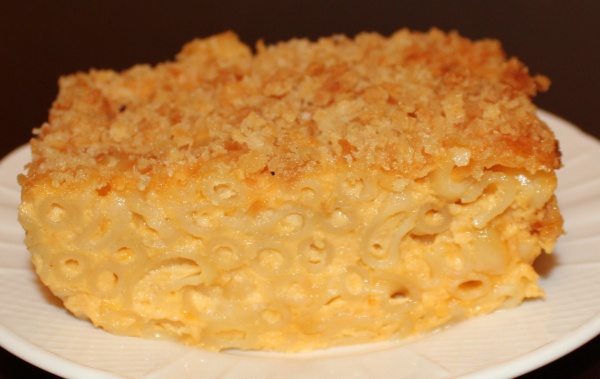Facts About Macaroni and cheese
Macaroni and cheese, often referred to as mac 'n' cheese in the US and macaroni cheese in the UK, is a beloved dish consisting of cooked macaroni pasta and a rich cheese sauce, typically featuring cheddar. While the classic version is straightforward, it can be enhanced with additions such as breadcrumbs, meat, and vegetables to introduce extra flavor and texture. Traditionally, mac 'n' cheese is baked in the oven, though it can also be prepared on the stovetop or made from a packaged mix. In the US, it's considered the quintessential comfort food.
The origins of pasta and cheese casseroles date back to the 14th century in Italy and England. The first modern recipe for macaroni and cheese appeared in Elizabeth Raffald's cookbook in 1770. In the US, Thomas Jefferson introduced macaroni to his Monticello estate in the 18th century, aiding the dish's rise in popularity. Meanwhile, in Canada, recipes for macaroni and cheese have existed since the mid-19th century.
Countless regional variations of mac 'n' cheese exist, utilizing different types of pasta and cheeses. Some versions might include delectable additions like bacon, jalapeños, or tomatoes. For those seeking convenience, packaged mixes are widely available, with brands like Kraft being especially popular in the US and Canada. These mixes typically include uncooked pasta and a cheese sauce that can be either liquid or powdered.
Macaroni and cheese has become a staple dish in many countries, enjoyed in numerous forms, from the classic baked casserole to deep-fried bites. Although known for being high in carbohydrates, calories, fat, and sodium, it also provides protein and can be adjusted to create a somewhat healthier option. Whether you adhere to the traditional recipe or experiment with your own variation, mac 'n' cheese remains a deliciously comforting favorite.

 United States
United States